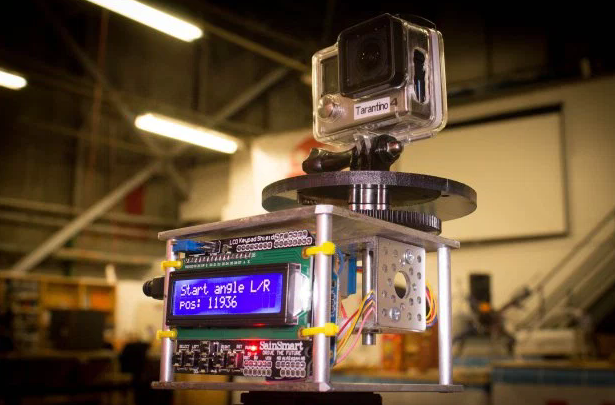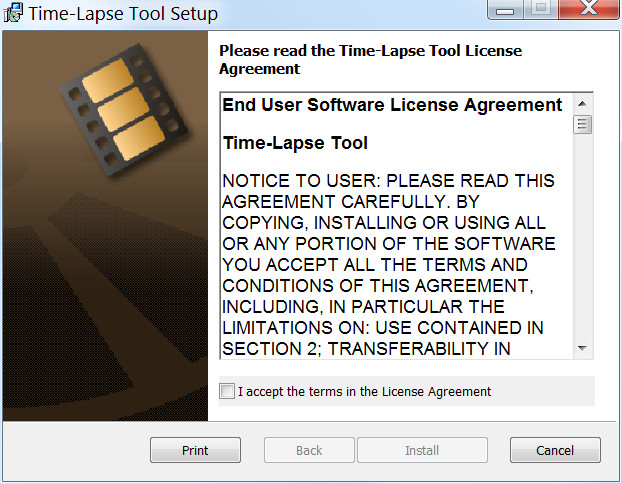

If the interval is set to 60 seconds (one frame capture every minute), the camera will need to be recording for at least 30 minutes in order to have one second of Time Lapse Video Footage.If set to the 0.5 second interval option (one frame captured every half-second), you will need to record for at least 15 seconds to result in one second of Time Lapse Video footage (played back at 30 FPS).The camera needs to capture 30 frames (remember, the video will play at 30 FPS) so that it can stitch together one second of video footage. Your interval setting will govern how long it takes to capture one second of resulting video footage.Your SD card will not store individual image files (as it does in normal Time Lapse mode), but rather a single MP4 video file played back at a frame rate of 30 frames per second (FPS).

For this example I leave the location as Source so the video clip will be put in the same folder or root of the drive as the images. Don’t add the images, simply select the folder and click “ADD.” Add Image Sequenceįrom the BUILT-IN Settings options I drag Apple ProRes 422 onto the job.

At the bottom click on the “plus down arrow” and select “Add Image Sequence” then navigate to the folder with your freshly renamed images. Open Compressor, on the left side click “show Settings and Locations” and also open the Inspector on the upper right side. The “Where” drop down leave as “after name” and the “Start numbers at” box as 1.Ĭlick Rename and now you have all the images neatly sequentially numbered. I used the word “cedars” followed by a dash. Pick “Format” from the drop down list, and under “Name Format” select “Name and Index”. I make sure the folder view is sorted by Date Modified then I Right Click the mouse and select “Rename 452 items”. I connect the camera to my iMac with a USB cable and copy and paste (or drag and drop) all the images into a folder. The way around this is to rename all the clips first. The images are not sequentially numbered so Compressor does not see them as a sequence and will only import the first image. One snag I ran into when I first tried to do this arose from the image naming convention SJCAM uses in their cameras. FCPX slows down with so many images in the timelineĪnd, Compressor gives my more options as well. You can also import all the stills directly into Final Cut and create the clip that way but, all those images can slow things down and clutter up the Event Folder so, I prefer the Compressor route for this. And I use Apple Compressor to convert these stills into a video clip I can then edit. I edit with Final Cut Pro Ten on an iMac. I use an external battery for longer recording sequences. In that time the camera took 452 photos totalling about 1 gigabyte. I set the camera on a small tripod in my back field and shot at 5 second intervals for about half an hour.


 0 kommentar(er)
0 kommentar(er)
